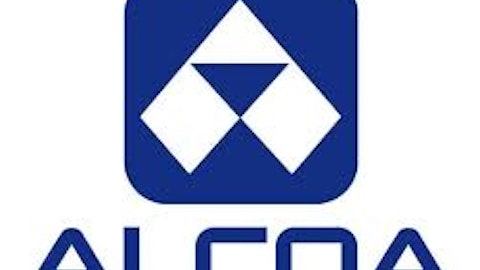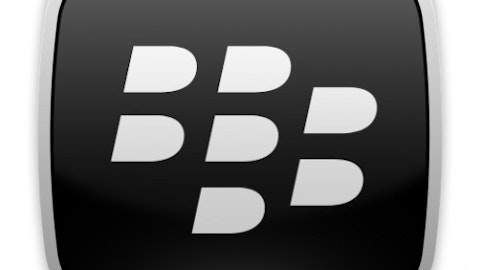Finding the best money market rates available for your savings can help you earn a lot more interest than settling for whatever your local bank pays you. But lately, even the best rates have left savers feeling shortchanged. What’s holding money market rates back?

How low can they go?
Before the financial crisis, savers could expect decent returns on their cash. Money market rates of 3%, 4%, or even 5% were available to those who were willing to do a little digging.
But those 5% rates are long gone, and nowadays, you may struggle even to get to 0.5%. Currently, a few banks, including American Express Company (NYSE:AXP) and Capital One Financial Corp. (NYSE:COF), offer between 0.75% and 1%, and a few special limited offers from smaller banks can get you above the 1% mark in some limited circumstances.
Unfortunately, among most big national banks, the news is far worse. Bank of America Corp (NYSE:BAC) and Wells Fargo & Co (NYSE:WFC) have rates of less than 0.1% on their money market accounts. Minneapolis-based regional powerhouse U.S. Bancorp (NYSE:USB) offers similarly low money market rates.
Where’d the income go?
The big problem for savers has come from the Federal Reserve, which maintains a firm grip on short-term interest rates. In order to try to help the U.S. economy to come out of recession, the Fed started lowering its Federal Funds rate in late 2007, taking the rate from 5.25% as of August 2007 to a range of 0% to 0.25% by December 2008. That big drop has pulled even the best money market rates down with it. Moreover, since 2008, the slow pace of recovery has led the Fed to keep interest rates right where they are, and at least for now, there’s no relief in sight for savers. Many experts now expect the Fed to keep rates low throughout 2014 and into 2015.
For banks, those low rates have been extremely lucrative. On one hand, Bank of America Corp (NYSE:BAC), Wells, and U.S. Bancorp (NYSE:USB) have been able to retain money market deposits at next to no interest cost, helping provide valuable cash to turn around and lend at higher rates. Moreover, the increased mortgage refinancing activity that low rates have spurred has boosted their bottom lines as well. Even for AmEx and Capital One Financial Corp. (NYSE:COF), which have been willing to pay a bit more to attract savings to their online banking operations, being able to pay less than 1% to savers allows them to keep their margins high.
What you can do
Unfortunately, the options savers have in the current environment are limited. Many people seeking more income have taken money out of savings and bought higher-yielding dividend stocks, but by doing so, they’ve gone from a risk-free federally insured guarantee of getting their principal back to a much riskier investment that can produce substantial losses.
Digging for the best money market rates among banks hasn’t been nearly as lucrative as it once was. As long as the economy maintains its sluggish pace of recovery, money market accounts aren’t likely to start paying you much more in interest anytime in the near future.
The article Why the Best Money Market Rates Are So Pathetic originally appeared on Fool.com and is written by Dan Caplinger.
Fool contributor Dan Caplinger owns warrants on Wells Fargo and (NYSE:WFC) Bank of America. You can follow him on Twitter @DanCaplinger. The Motley Fool recommends American Express and Wells Fargo. The Motley Fool owns shares of Bank of America and Wells Fargo.
Copyright © 1995 – 2013 The Motley Fool, LLC. All rights reserved. The Motley Fool has a disclosure policy.

